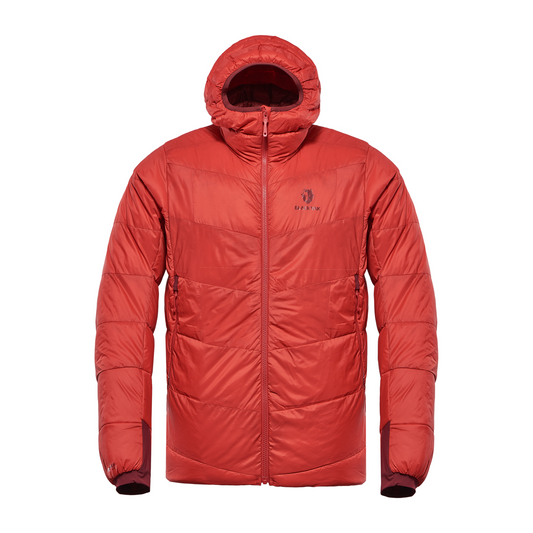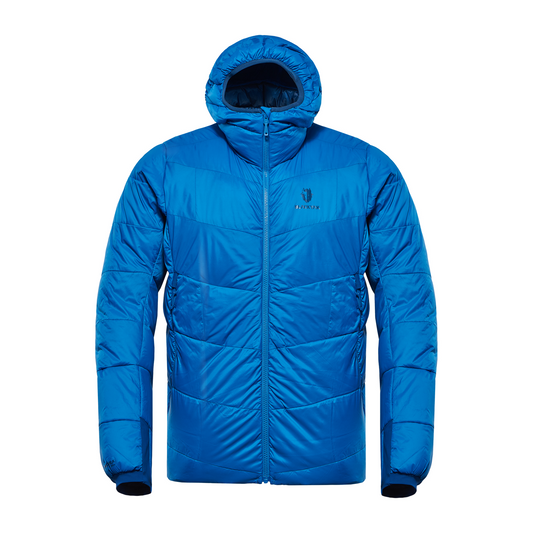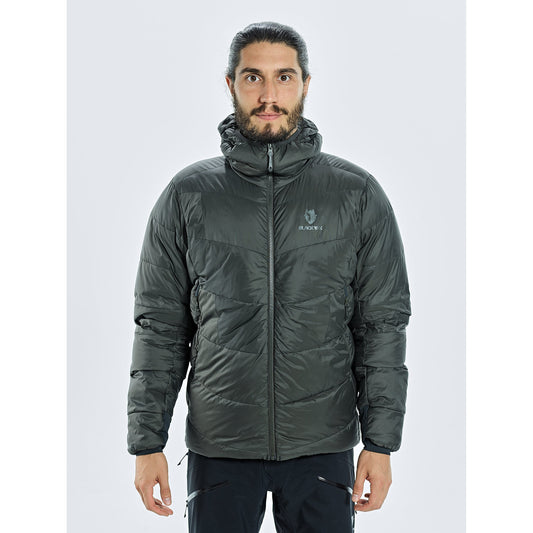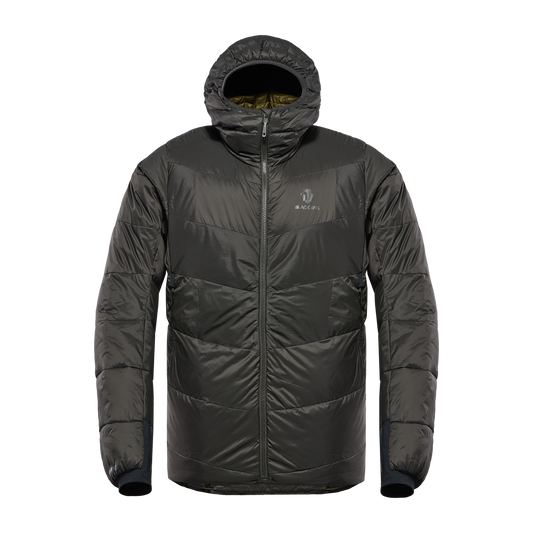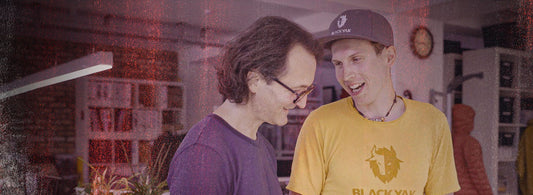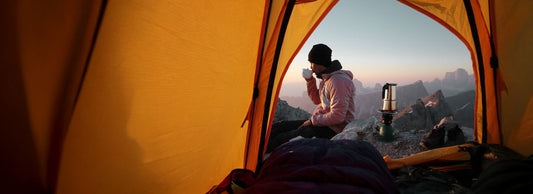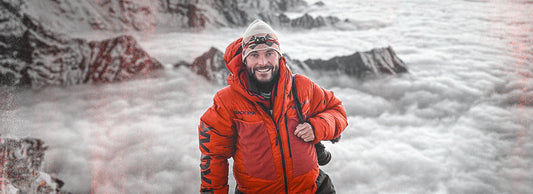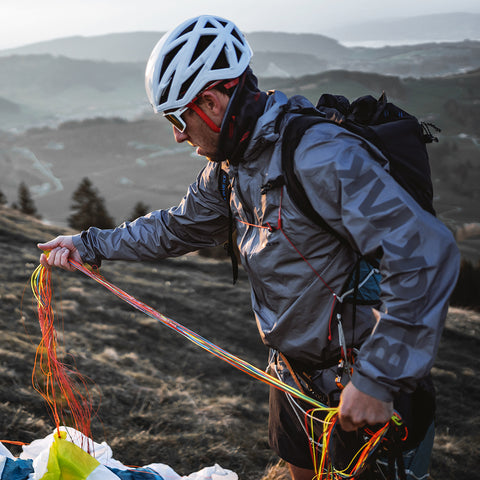Over a period of 5 months in the Silver Hut, each team member showed signs of physical degradation and weight loss, although they were now very well acclimatized, they were all very exhausted and weak.
From this we concluded that we would not be able to survive permanently above 5500m. The higher we descend, the faster our bodies break down. Muscles are consumed by the body because the energy they contain (in the form of ATP) is much more easily accessible than through digestion, which requires a lot of oxygen and functions less and less as altitude increases.

Making a decision up there is like trying to solve a math problem when you're drunk. So the best thing you can do is to familiarize yourself with the various mathematical problems of high altitude mountaineering beforehand so that you can handle them with limited brain capacity. In my opinion, preparation is the most important part:
Preparation

Scenario planning:
Anticipate as many potential situations as possible (you can proceed here like in a chess game in which you look at every single move of your opponent and plan your reaction)
Build up your skills:
The better prepared you are physically, knowledge-wise and mentally the easier the decision will be to make
Eat well:
Isn't that easy at altitude, but make sure you've hydrated and have the best quality food in your system. Poor fuel will affect your energy levels.
Sleep:
Good sleep at altitude is rare. Rituals such as a lavender oil in the evening, an inflatable pillow that you have brought with you and a route plan that provides space for recovery are essential to have energy and clear thoughts on summit day.
But if you do reach the top and have to make a serious decision, I follow the following algorithm:
1) Stop and normalize your breathing
2) Quickly identify what is most critical and focus your energy there
3) Set yourself a time limit to master the situation and stick to it
Important: If there are doubts, there are no doubts. Descend - the mountain remains.
Your decision determines your survival.
-
MEN'S BURNAG HOODED DOWN JACKET
Lightweight, with a streamlined cut, mega-functional and super warm: the BURN...Regular price 240,00 €Regular priceUnit price per480,00 €Sale price 240,00 €Sale



